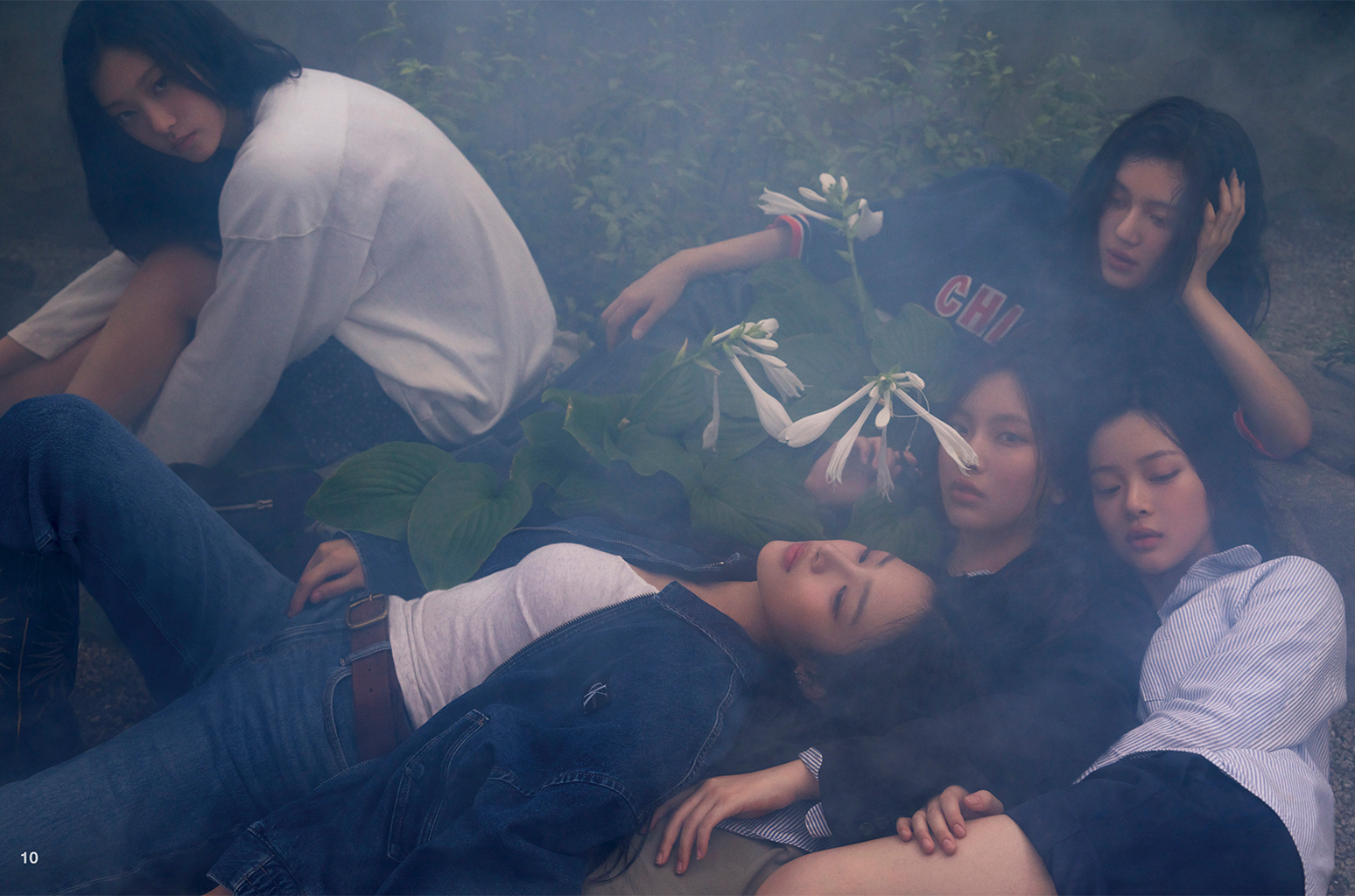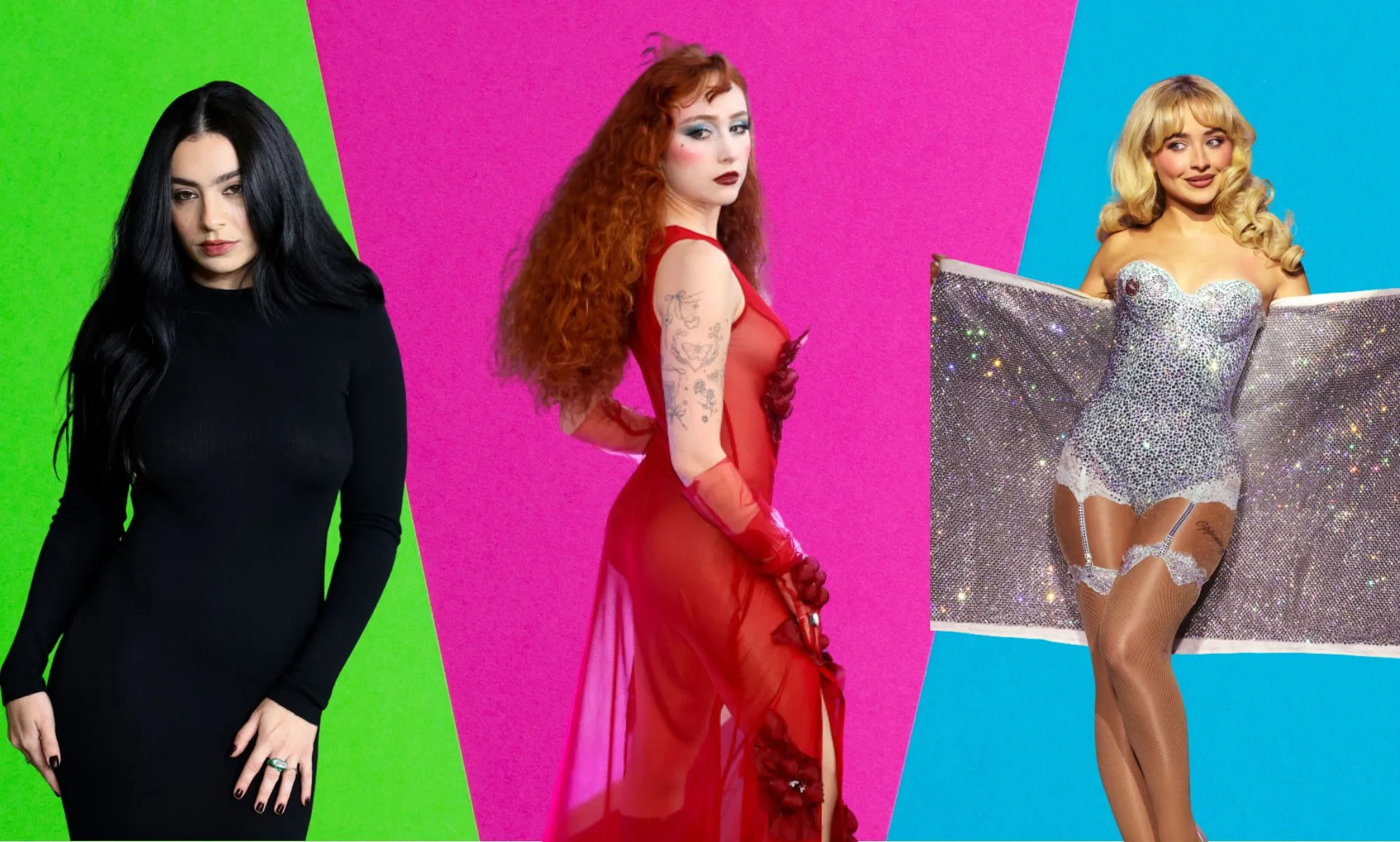So big, in fact, they’ve propelled one Beijing-based company to a staggering $6.3 billion valuation, and made its founder a billionaire three times over. Pop Mart, founded in 2010 by now 37-year-old Wang Ning, has kickstarted a mystery-toy boom in China. The company’s “blind boxes” conceal the exact design of a figurine until it’s opened. Shoppers choose between colorful boxes promising one of 12 designs—and depending on what they find inside, go back for more. In 2021, blind boxes overtook assembly toys to become the largest pop toy segment in China, according to a Statista analysis. The blind-box craze has even pushed the Chinese government to regulate them—retailers banned from pricing an individual blind box at over 200 yuan ($31.46) and from selling blind boxes to children under eight years old without the consent of a guardian. “A lot of kids love our products, but that’s not our majority of customers,” Larry Lu, Pop Mart’s head of North America, told Fortune. Instead, the company’s biggest fans in both China and the U.S. are “kidults”—adults whose consumption habits mirror those of children—aged between 20 and 35. Pop Mart’s 2023 global revenue totaled $871 million—a 36.5% increase year-over-year. Globally, Pop Mart operates more than 450 retail stores and over 2,300 Robo Shops—vending machines. Now, Pop Mart is betting its “designer toys” will take off in the West. The brand has eight retail stores and 15 Robo Shops across the U.S., where its blind boxes typically retail for $14.99 a pop, while special 30-inch figurines go for up to $1,399.90. Whether Pop Mart can replicate its Asia success in the West is still a mystery waiting to be unboxed. But if the rising stateside popularity of Japanese blind box toys such as Sonny Angels, Calico Critters, and Smiskis is any indicator, there’s plenty of room to grow. Pop Art Pop Mart began in 2010 as a variety store in Beijing, when founder and CEO Wang Ning was a college student. The store sold a range of knick-knacks and toys—and the Japanese brand Sonny Angels was among the most popular. The Sonny Angels—three-inch-tall, naked cherubs that come in blind boxes—hovered in Wang’s mind. He was inspired to get into the blind-box game, but with a “designer” spin. In 2015, Pop Mart crowdsourced ideas from its customers, asking on the social-media platform Weibo what characters they’d like to see. “Molly, Molly, Molly,” the comments read, said Lu. Molly, the brainchild of designer Kenny Wong, is a girlish character with emerald eyes and a permanent pout. Wang flew to Hong Kong in 2016 to meet Wong, and signed him as Pop Mart’s first artist. Pop Mart gained exclusive rights over Molly through the deal. “We push designers and artists forward—not hide them behind characters,” Lu said. Wong was also pushed forward as a shareholder in Pop Mart. In 2019, CEO Wang sold a 2% stake in the company to Wong—worth around $127 million today. But other Pop Mart artists are typically compensated with a percentage of sales or a commission rate, Lu said. After signing Wong, Pop Mart bolstered its portfolio with even more rising artists to introduce new characters, such as Dimoo the puzzled little boy, Skullpanda the edgy humanoid, and Duckoo the costumed duck. The company listed on the Hong Kong Stock Exchange in 2020, and today commands a market capitalization of about $6.4 billion. Forbes pegs Wang’s net worth at about $3 billion. Pop Mart’s artist-forward ethos has resonated with fans in Asia. The brand has hosted meet-and-greet events for fans to get their items signed by artists—and fans go “crazy” at these events, Lu said. “The loyal fans know Kenny is the designer of Molly,” Lu said. “Do you know, who is the designer of Mickey [Mouse]? Nobody knows that. And who is the designer of Kung Fu Panda? Nobody knows that.” Bubble Pop? While the majority of its revenue comes from product sales, Pop Mart also licenses its original characters to other companies to use in products or advertisements. For example, a Crocs collaboration featured Pop Mart characters as Jibbitz, and a collection with Uniqlo saw Molly and others grace the Japanese fashion brand’s graphic tees. These licensing deals go both ways. Pop Mart has produced figurines in collaboration with major entertainment brands such as DC Comics, SpongeBob SquarePants, Harry Potter, and The Big Bang Theory. But these licensed IP products made up only 16.5% of Pop Mart’s revenue in 2023, while original artist products accounted for 76.5%. Repurchase rates of Pop Mart products in China are very high, according to Lu. “If you stand in a store, you’ll find that there are a lot of customers who finish the payments, and then they will unbox it and check it, then they will go back to pick one more to buy,” he said. But while social-media posts of fans showing off rooms full of Pop Mart products is an affirmation of the brand’s power, it’s also a cause for concern. “If their room is full of products, are they buying more?” Lu said. “We’re not sure.” That’s why Pop Mart is diversifying its revenue streams via gaming, animation, and theme park ventures. Pop Mart launched an official mobile game in May 2023, and opened the doors to its Pop Land amusement park in Beijing in October. Pop Psychology Pop Mart fandom is on the rise in the U.S. One of Pop Mart’s “kidult” fans is Alyssa Tan, 23, a San Francisco-based content creator who specializes in unboxing videos. (Tan has received publicity gifts from Pop Mart in addition to purchasing them on her own.) “With everyday life, the nine-to-five grind, life is kind of boring sometimes,” Tan said. “But I get a burst of dopamine whenever I open [a blind box.]” Shortly after Pop Mart opened its first U.S. store in Santa Clara, California, Tan took an hour-long Uber ride from San Francisco to shop there. “Everyone and their mothers were in there,” she said. “It was packed.” Tan, who owns about 30 Pop Mart items, said she can feel the care put into each figurine’s design, as well as their sturdy quality. She has also turned blind-box unboxing into a social experience with her friends, sometimes buying and opening them together. “It almost brings out the child in me that I can’t express now,” she said. “So I express it through unboxing these.” Economists have long theorized about the lipstick effect—the idea that consumers’ spending on small indulgences such as lipstick increases during periods of recession. For Tan, Pop Mart figures have a similar effect: a little luxury for times of monotony or uncertainty. “It’s just a little treat,” she said. “It’s not too much, but it gives you that dopamine that you need.”
Subscribe
Login
0 Comments





